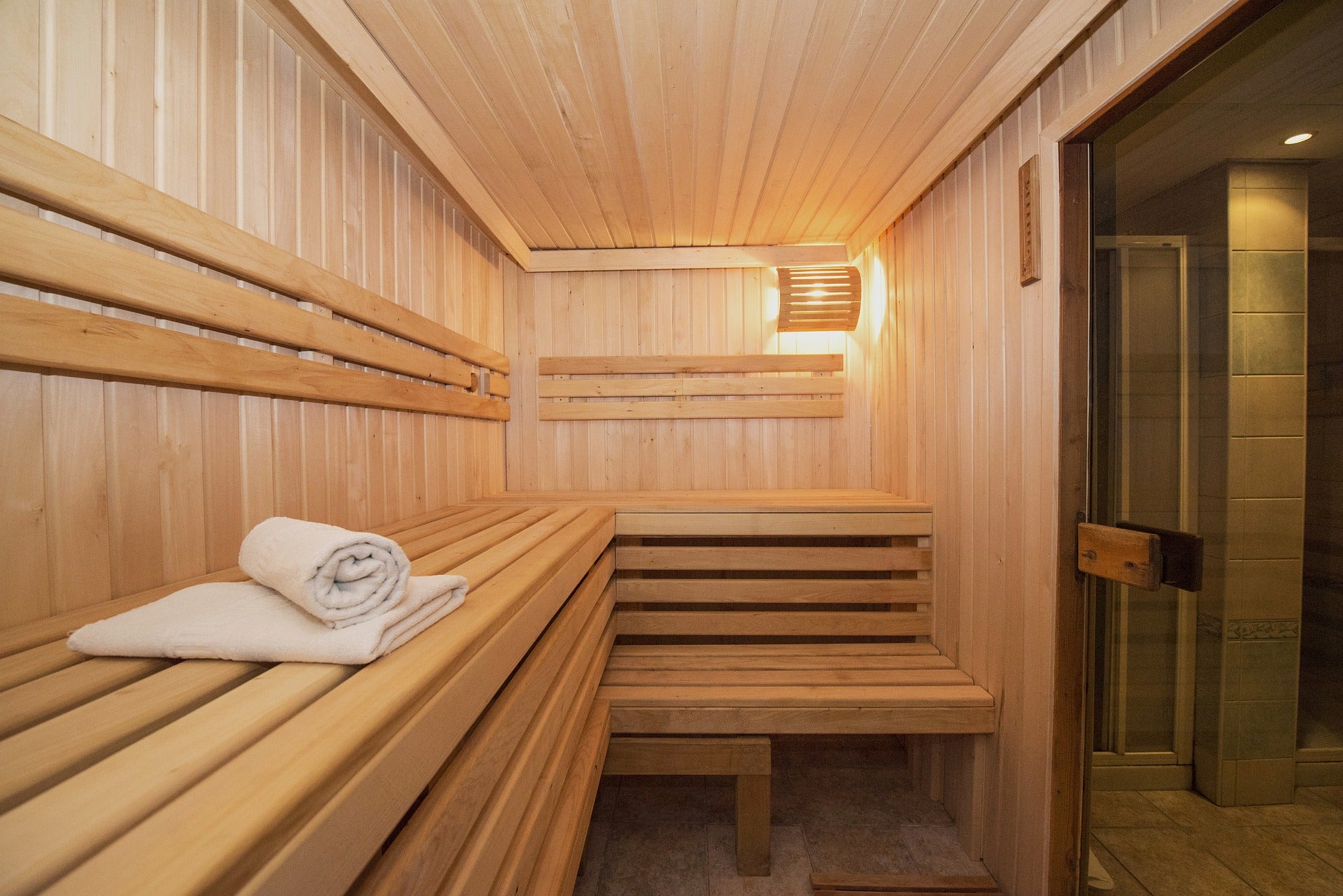Rumored Buzz on Traditional Sauna
Rumored Buzz on Traditional Sauna
Blog Article
The 8-Second Trick For Traditional Sauna
Table of ContentsThe Ultimate Guide To Traditional Sauna6 Easy Facts About Traditional Sauna Described10 Easy Facts About Traditional Sauna ShownThe 3-Minute Rule for Traditional Sauna8 Simple Techniques For Traditional Sauna
A lot of the weight shed in a sauna is water loss and is re-gained upon rehydrating. Nevertheless, undoubtedly sauna can be a fundamental part of a healthy weight loss program. To look at the distinctions between conventional and IR saunas, I will separate these right into verifiable, theoretical, and fabricated distinctions.Thus, the most popular factor in the saunawhich is at the ceiling straight above the sauna heateris commonly between 185 and 190 F. Claims that a typical sauna exceeds 200 F is simply not true and not appropriate for electric saunas sold in the US. The temperature level for a far-infrared sauna is typically established in between 120 and 140 F; nevertheless, unlike the typical sauna, the goal in and IR area is not to achieve a heat.
Due to the fact that of this, the temperature distinction is almost unnecessary, because excessive sweating leads to both sauna kinds, but the method of heating the body is various. In an IR sauna the bather will certainly feel hot and will certainly sweat profusely, yet at much lower temperatures (Traditional Sauna). Hence, if the goal is to invest longer amount of times in the sauna, the IR sauna is an excellent selection
When a typical sauna has been appropriately heated up, the sauna wall surfaces are cozy, the air temperature has attained set temperature level and the rocks are very heated. As an intriguing side note, the warmed wall surfaces and the rocks are producing far-infrared heat, incorporated with the heated air, to create an "wrapping up warm".
What Does Traditional Sauna Mean?

When the heat is accomplished, the elements cycle on and off to maintain the heat. The majority of conventional sauna customers appreciate pouring water over the rocks to create steam to increase sauna moisture degrees. The benefits of putting water over the rocks include: making the space more comfy, dampening the nasal flows, and permitting the usage of aromatherapy by blending necessary oils with the water.

When the energy reference gets in the body, it causes the body temperature to increase and eventually leads to perspiration. In an infrared sauna it is very important for the emitters/heaters to stay on virtually frequently. Considering that there is no mass of rocks to keep warmth, the sauna will cool down if the emitters shut down.
As mentioned above, the sauna bather in an infrared area wishes to place himself before running emitters to obtain maximum take advantage of the warm. The heating time for browse this site both rooms can be very different, depending upon how the spaces are made use of. For a standard sauna, a bather must enable 30-40 mins for the area to attain a preferred temperature level and to effectively pre-heat the rocks.
An Unbiased View of Traditional Sauna
A well constructed sauna will generally accomplish a temperature level of 150-160 F in about 30-40 mins. For hotter my website temperatures, the room might need to warmth for a longer duration. When the area attains set temperature, the heater will cycle on and off, typically running concerning 50% of the time. The protected wall surfaces and the heated rocks will certainly keep the space hot and at secure temperature levels.

Conventional saunas often tend to be larger (therefore utilize more electrical energy) than infrared saunas, although typical saunas are absolutely offered in one and two individual dimensions too. For a two-person standard sauna, 5x6 or 5x7 size is most prominent. The leading bench can comfortably seat 2 or three individuals and is also enough time to relax during the sauna session.
The 10-Minute Rule for Traditional Sauna
The average cost per kWH of power in the U.S. is about $0.11, so a 4.5 kW heating unit will certainly cost around $.50 to compete one hour, if the heating system runs continually for one hour. Generally a sauna heating system will certainly run for 75% of the first hour and 50% of subsequent hours on because the components cycle once the established temperature level is attained.

Ultimately, there is a seldom talked about distinction in the social experience in between the 2 spaces. While our culture has actually lost a few of the social advantage of the conventional sauna experience, it can be very socially fulfilling (Traditional Sauna). From household time in the sauna, to heart-felt discussions with better halves, to sauna partiesthe conventional sauna experience can result in intimate interacting socially
The Ultimate Guide To Traditional Sauna
Many greater end infrared spaces include colored light treatment, audio systems and full-glass fronts.
Report this page